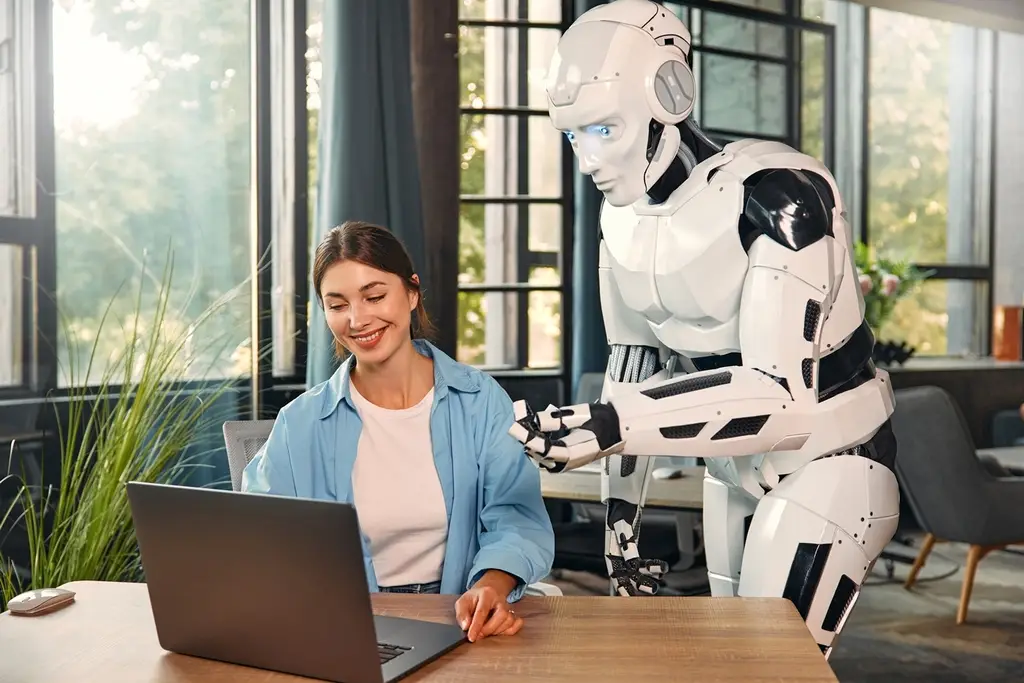Current Limitations of AI Personal Assistants
AI personal assistants have made significant strides in recent years, yet they still grapple with various limitations. One of the most pressing issues is contextual understanding. Most AI assistants can process commands and deliver responses based on explicit instructions. However, they often struggle with nuances, slang, and complex queries that require deeper comprehension. For example, a user might ask, What’s the weather like in Paris next week?, and while the assistant can provide a basic response, it may fail to understand follow-up questions about temperature variations or precipitation patterns.
Another limitation is the inability to learn from past interactions effectively. While many systems are designed to personalize their responses based on user preferences, their ability to adapt over time remains limited. They often lack a robust memory function that retains information from earlier conversations, leading to repetitive interactions that can frustrate users. Consequently, users may find themselves re-entering preferences or details that the assistant should have remembered, diminishing the overall user experience.
What are AI personal assistants?
AI personal assistants are software applications that use artificial intelligence to perform tasks or services for an individual based on commands or inquiries. They can manage schedules, provide information, control smart home devices, and facilitate communication through voice or text interfaces.
How do AI personal assistants improve productivity?
AI personal assistants enhance productivity by automating routine tasks, such as setting reminders, scheduling appointments, and providing quick access to information. This allows users to focus on more complex tasks and streamline their daily activities.
Are AI personal assistants secure and private?
The security and privacy of AI personal assistants depend on the specific platform and the measures implemented by the developers. Most reputable AI assistants offer encryption, user control over data sharing, and privacy settings, but users should always review and manage their privacy preferences to protect sensitive information.
Common User Frustrations
User frustrations often stem from these limitations, including slow response times, misunderstanding of queries, and a lack of proactive assistance. Many users expect their AI companions to predict their needs and offer relevant advice or reminders without requiring explicit commands. For instance, when scheduling meetings, users might wish for the assistant to suggest optimal times based on their calendar, yet many assistants still require manual input for such tasks.
Moreover, privacy concerns loom large as well. Users frequently express unease about how their data is collected, stored, and used. Incidents of data breaches or misuse can deter confidence in these systems. This leads to a lack of transparency, where users feel they cannot fully trust their assistants to handle sensitive information safely. Such concerns can hinder the widespread adoption of AI personal assistants, limiting their effectiveness in everyday life.
Impact on Productivity and Daily Life
The limitations of AI personal assistants can significantly impact productivity and daily life. When users encounter frustrating interactions, their overall efficiency diminishes. For example, a user trying to manage their schedule may find themselves spending more time correcting the assistant’s misunderstandings than focusing on their core tasks. This inefficiency can lead to increased stress and a decreased ability to balance work and personal commitments effectively.
The History
Evolution of AI Personal Assistants
The concept of personal assistants has evolved dramatically since the inception of AI technology. Early iterations were rudimentary, with limited capabilities confined to simple voice commands and canned responses. Programs like Eliza in the 1960s and later systems in the 1980s provided basic conversational interfaces but lacked real intelligence or adaptability. These systems were more like interactive scripts than genuine assistants.
Key Milestones in Development
Several key milestones have shaped the development of AI personal assistants. One pivotal moment was the launch of Apple’s Siri in 2011, which marked the first time a mainstream device integrated a voice-activated assistant capable of engaging in conversational dialogue. Following this, Google Assistant and Amazon’s Alexa entered the market, further refining the capabilities of personal assistants by emphasizing interaction through voice and context.
Comparison of Early Models vs. Modern Solutions
When comparing early models of AI personal assistants to contemporary solutions, the differences are stark. Early assistants had limited functionality, often requiring users to remember specific commands and lacking the ability to manage tasks autonomously. In contrast, modern solutions can integrate with various applications, manage schedules, and offer personalized recommendations based on user data.
The Fix
Innovative Solutions to Current Challenges
To address the limitations faced by AI personal assistants, several innovative solutions are being developed. One approach involves enhancing contextual awareness through improved algorithms that can analyze the nuances of human language. By leveraging advancements in natural language processing and machine learning, developers aim to create assistants that can better interpret user intent and provide more accurate responses.
Future Trends in AI Personal Assistant Technology
Looking ahead, several trends are likely to shape the future of AI personal assistants. One key trend is the integration of artificial general intelligence (AGI), which aims to develop machines with the ability to understand, learn, and apply knowledge across diverse tasks. This evolution could lead to AI assistants that not only perform specific functions but can also engage in complex problem-solving and reasoning tasks.

FAQs
What are AI personal assistants?
AI personal assistants are software applications designed to perform tasks and provide information based on user commands, utilizing artificial intelligence and natural language processing.
How do AI personal assistants learn from users?
AI personal assistants learn through machine learning algorithms that analyze user interactions and preferences, adapting their responses over time to improve accuracy and personalization.
What are the common frustrations users experience with AI assistants?
Common frustrations include slow response times, misunderstandings of commands, limited contextual awareness, and privacy concerns regarding data usage.
How can users optimize their interactions with AI personal assistants?
Users can optimize interactions by providing clear commands, familiarizing themselves with the assistant’s features, and actively engaging in providing feedback.
What are the future trends for AI personal assistants?
Future trends include the integration of artificial general intelligence, enhanced privacy features, and increased contextual awareness, all aimed at improving user experience and functionality.
Conclusion
The evolution of AI personal assistants has transformed the way individuals interact with technology, offering significant benefits and enhancing productivity. However, challenges remain, particularly regarding contextual understanding and user frustrations. As developers work to address these limitations through innovative solutions and advancements in technology, the potential for AI personal assistants to become invaluable tools in everyday life continues to grow. By understanding these dynamics, users can better leverage the capabilities of their AI companions, improving their overall experience and efficiency.


